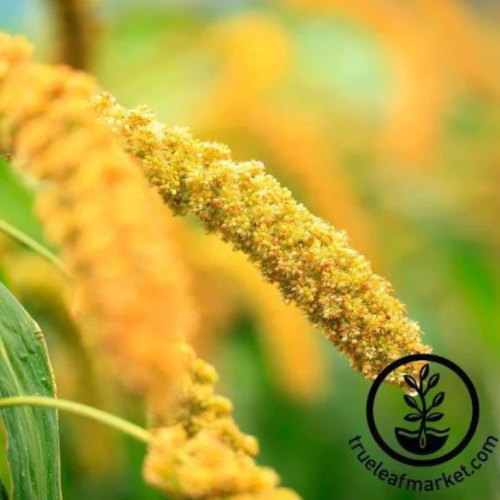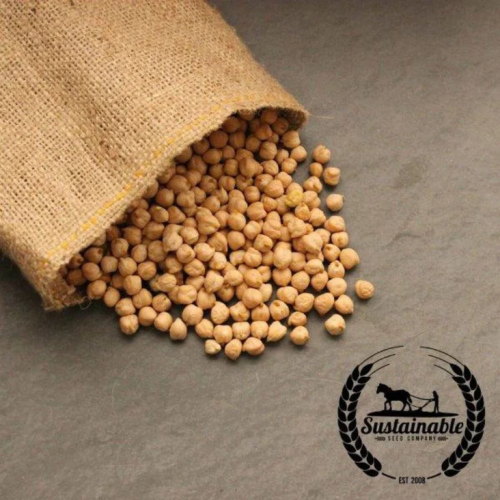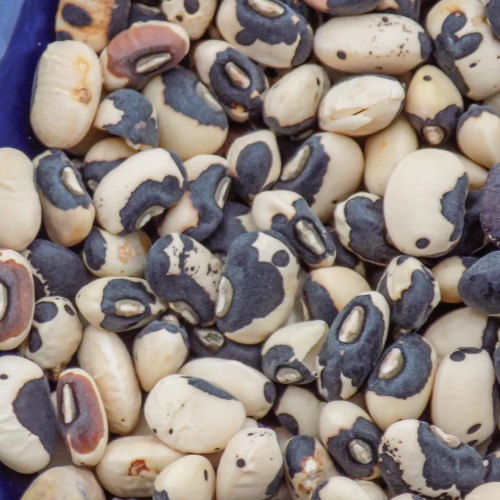5 climate-resilient crops all gardeners will soon be growing – as I discovered when exploring the Garden of the Future at Chelsea Flower Show 2025
These crops may become more common in future vegetable gardens as a result of climate change
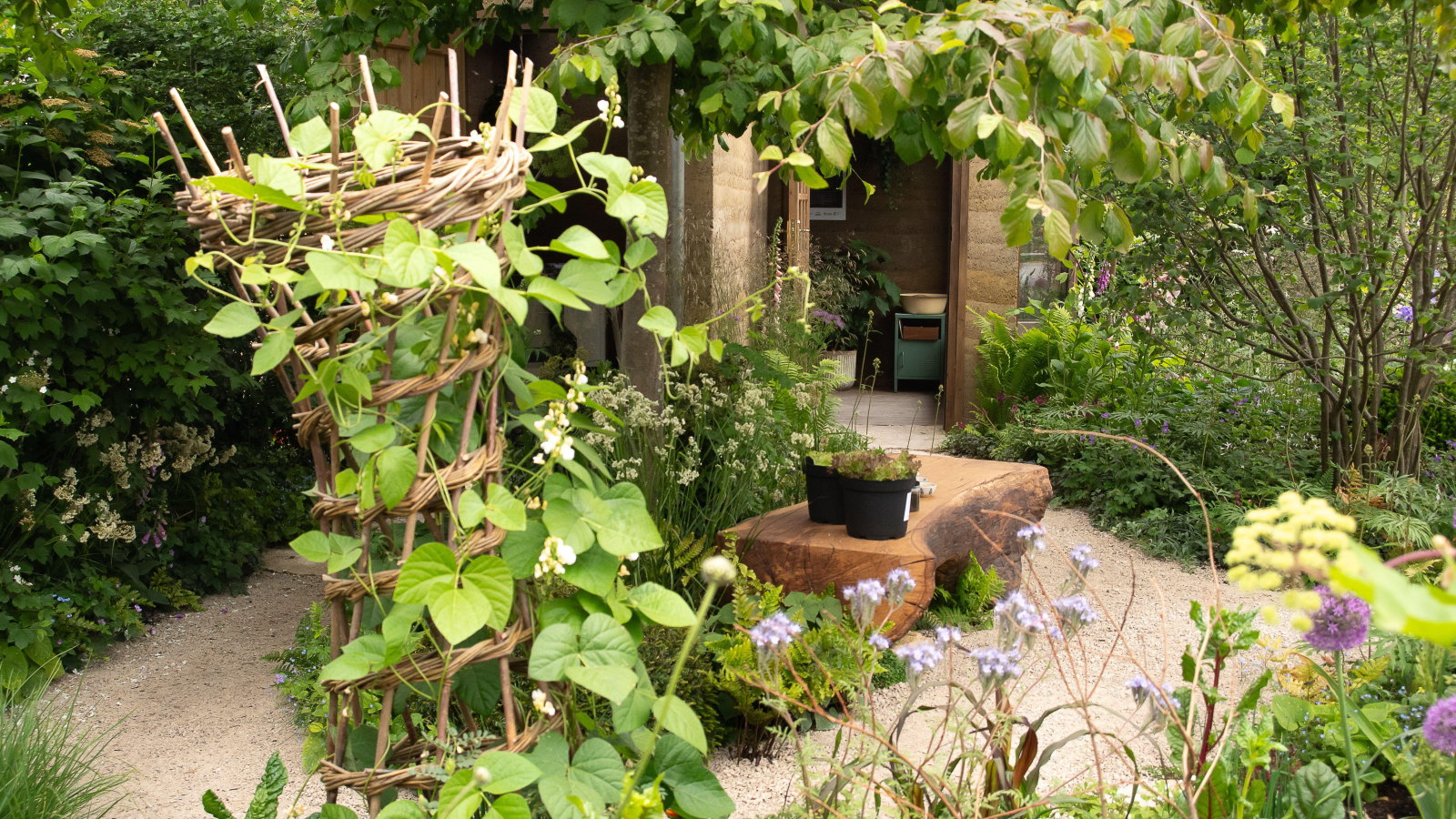
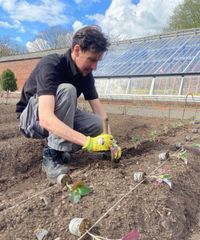
Climate change poses a huge threat and may lead many gardeners globally to rethink what plants they grow and how they grow them. At the RHS Chelsea Flower Show 2025, one garden highlights climate-resilient crops and innovative solutions that may become more commonplace in the face of rising temperatures, extreme weather, and drought.
The Garden of the Future was designed by award-winning designers Mathew Butler and Josh Parker, supported by the Gates Foundation. The edible show garden includes many crops grown in challenging conditions by smallholder farmers in sub-Saharan Africa and South Asia today. These climate-resilient crops offer a glimpse into what could become more commonly grown globally as the temperatures warm.
As a former professional gardener who specialized in growing edibles, I am intrigued by how vegetable gardens will change in the face of climate change, and what drought-tolerant vegetables we may see more frequently in the future. So I took a tour of the Garden of the Future with one of the designers and picked five climate-resilient crops on show that may be more common in our future plots.
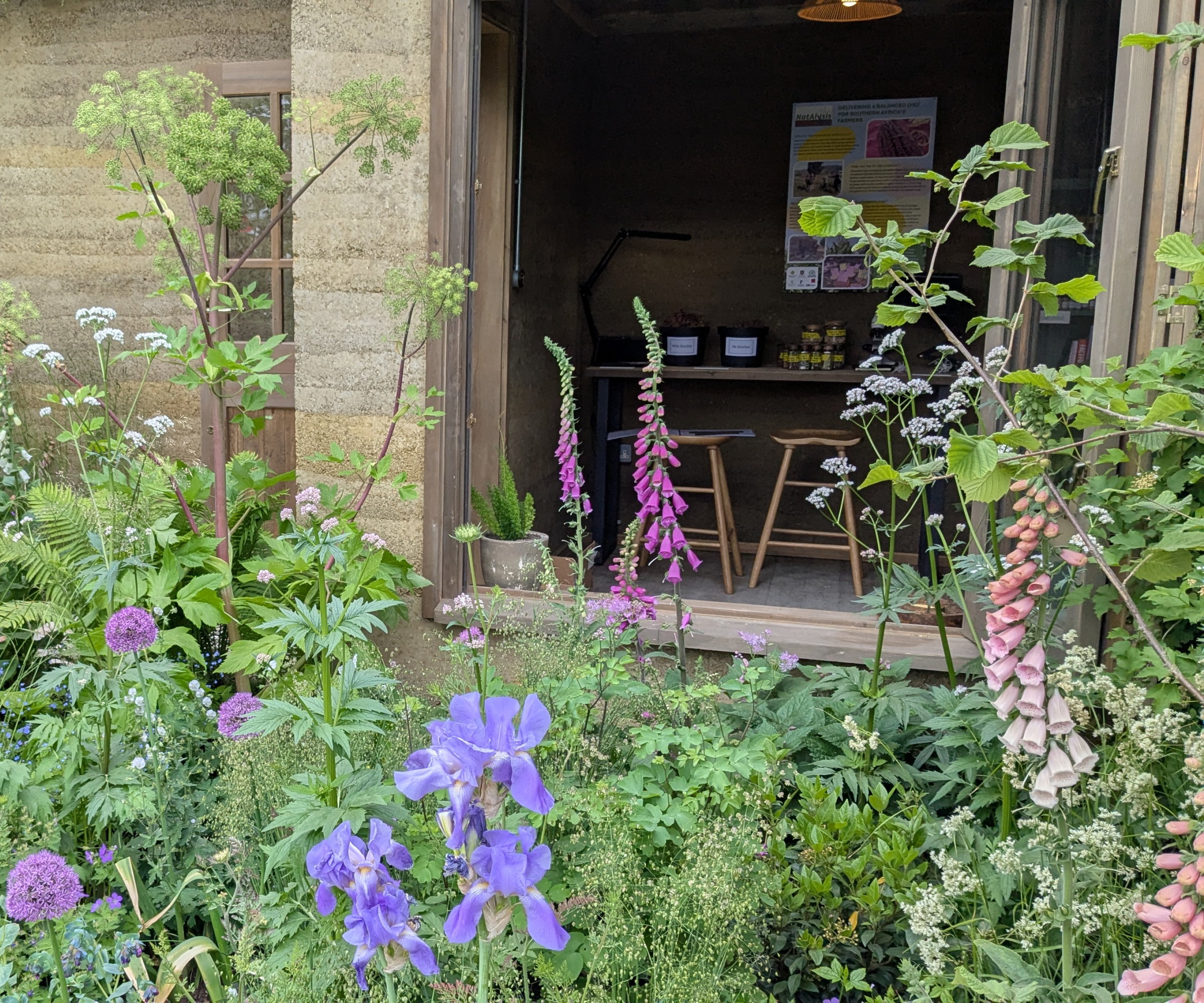
A Garden of the Future
In the face of climate change, growers worldwide face a future with higher temperatures, periods of drought, and more extreme weather.
The designers of the Garden of the Future strive to showcase how existing solutions and innovations currently being used by smallholder farmers in sub-Saharan Africa and South Asia may become more commonplace globally, through their show garden set in the near future.
As well as climate-resilient crops, ornamentals, and edimental plants, the show garden features edible plants with multiple uses, no-dig garden beds, an edible hedge for foraging, solar-powered pumps, and innovative rainwater harvesting and storage systems.
I explored the show garden with Josh Parker, principal designer and horticulturalist, to discover more about the inspiring, practical and functional space.
Design expertise in your inbox – from inspiring decorating ideas and beautiful celebrity homes to practical gardening advice and shopping round-ups.
He highlighted lots of climate-resilient vegetables picked to showcase unique potential future crops to growers, along with companion planting techniques put in use, innovative technologies on show, and plant supports made of coppiced materials.
5 climate-resilient crops that impressed
There was so much to enjoy and unlock from the Garden of the Future, but I want to highlight some climate-resilient crops that stood out to me, as they offer huge potential to growers going forward.
As growers around the globe face dealing with climate change, and potentially rethinking the crops they grow year after year, maybe the time has come for more gardeners to add these plants to their kitchen garden ideas?
1. Millet
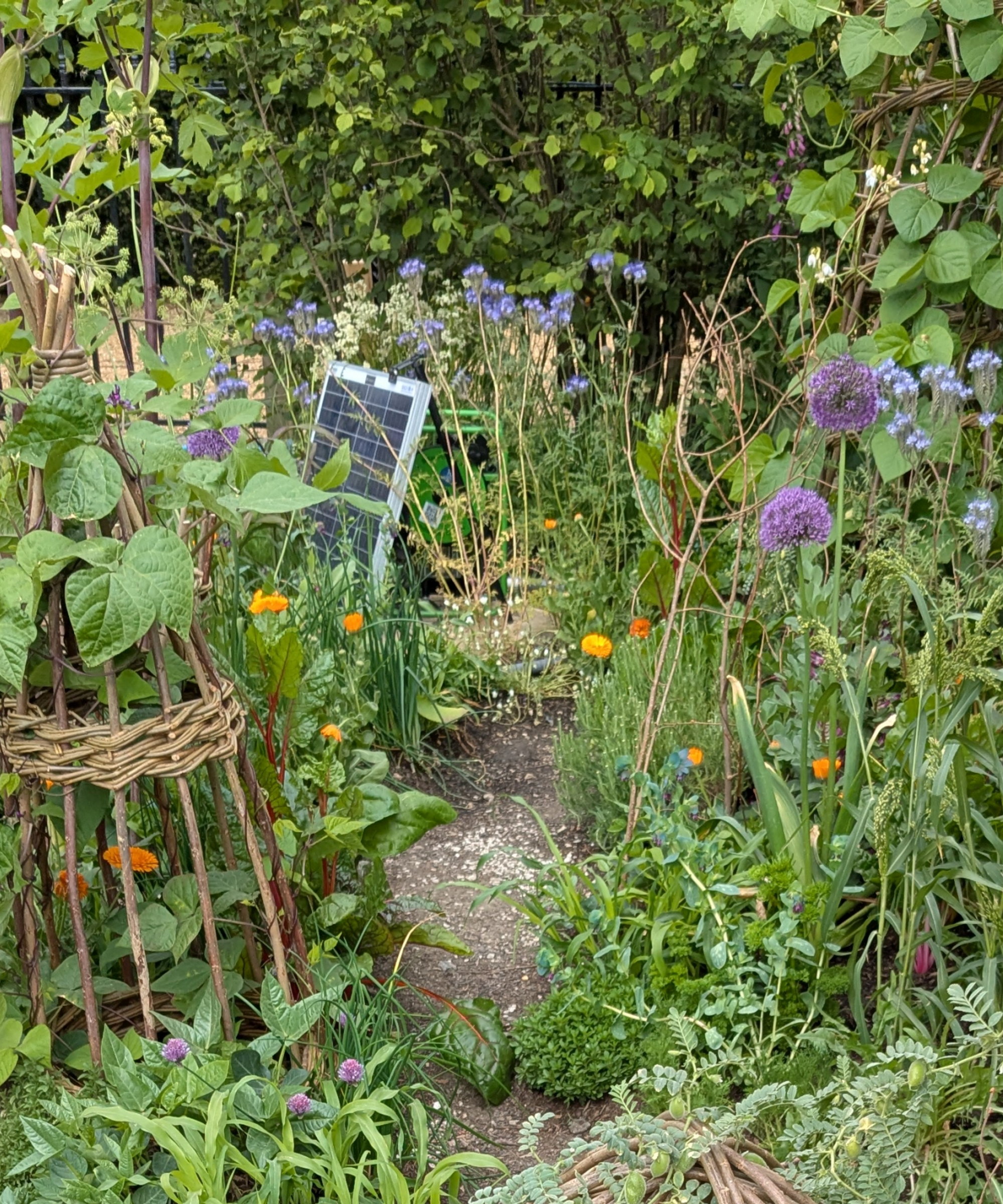
Millet (Sorghum bicolor) is a tall grass grown for grain, and it has been cultivated for thousands of years. It is a superfood packet with protein, fiber, iron, zinc, and calcium that thrives in hot climates. Millet is a heat-loving alternative to other grains like wheat, barley, or oats.
This drought-tolerant and climate-resilient crop is an annual plant, and different varieties can grow from two to five feet. Pearl millet and Browntop millet are popular types grown globally for the nutritious grain.
Millet is planted in late spring once the temperatures warm to 70°F, and the crop is harvested in late fall once the seeds head dry. It needs to be dried and properly stored in a cool and dry place to prevent fungi or spoilage.
2. Sweet Potato
Sweet potato (Ipomoea batatas) has become increasingly popular, even fashionable, in recent years, and there are varieties in shades of white, yellow, purple, or orange.
If you want to grow sweet potatoes, and are after a more drought-resistant variety, then the garden’s designers recommend new varieties of orange-fleshed sweet potatoes, which they claim are eaten by over 6.8 million households in Africa and South Asia.
‘They are biofortified with vitamin A and able to withstand hotter, drier climates, so they have become a crucial resource for farmers and communities globally,’ they add.
You plant sweet potatoes once the soil temperature reaches above 65°F, and the crop needs a long growing season. They want 12-16 weeks to develop, and the time to harvest sweet potatoes tends to be from early September to October.
You can get 'Vardaman' sweet potato tubers at Burpee, which is a compact variety that produces potatoes with a golden skin and red-orange flesh.
3. Chickpeas
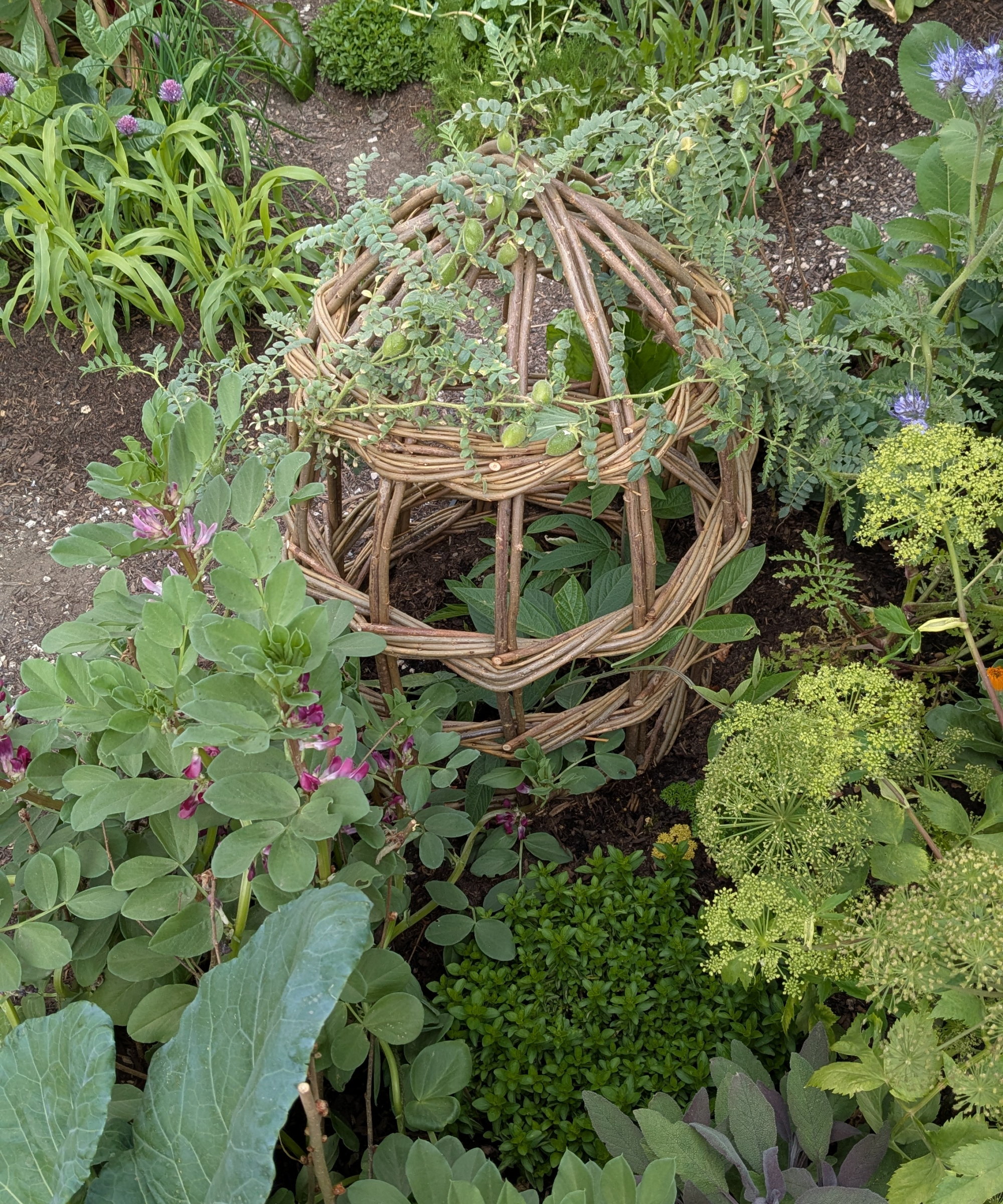
Chickpeas (Cicer arietinum) are a staple food for smallholder families, and this climate-resilient crop, also known as garbanzo beans, can be simple to grow.
Growing chickpeas is recommended as the plants are very water-efficient, not requiring much water during the season, and the peas themselves are packed with nutrients and vitamins.
Chickpeas love sunshine and well-draining soil. Plus, as they only grow to 18 inches tall, they can be grown without the need for a vegetable garden trellis or support, unlike many other peas.
They are sown directly into the growing position in spring and tend to be harvested around 100 days later.
4. Pigeon Pea
Pigeon Pea (Cajanus cajan) is maybe not a well-recognised crop in many corners, but this plant, popular in the cuisines of Africa, Asia, and Latin America, deserves to be better well-known.
‘Due to its drought tolerance, pigeon pea is becoming a powerful grain legume crop for promoting food security across Africa, particularly in arid and semi-arid areas,’ says the designers.
‘This climate-resilient crop has been found to improve soil health by fixing nitrogen in the soil and produce quicker harvests for farmers.’
Pigeon pea plants have a high tolerance for heat and are ideal crops for US hardiness zones 9 and above. They are commonly grown as annual crops, but can grow as perennials, and, once established, may not need watering.
5. Cowpeas
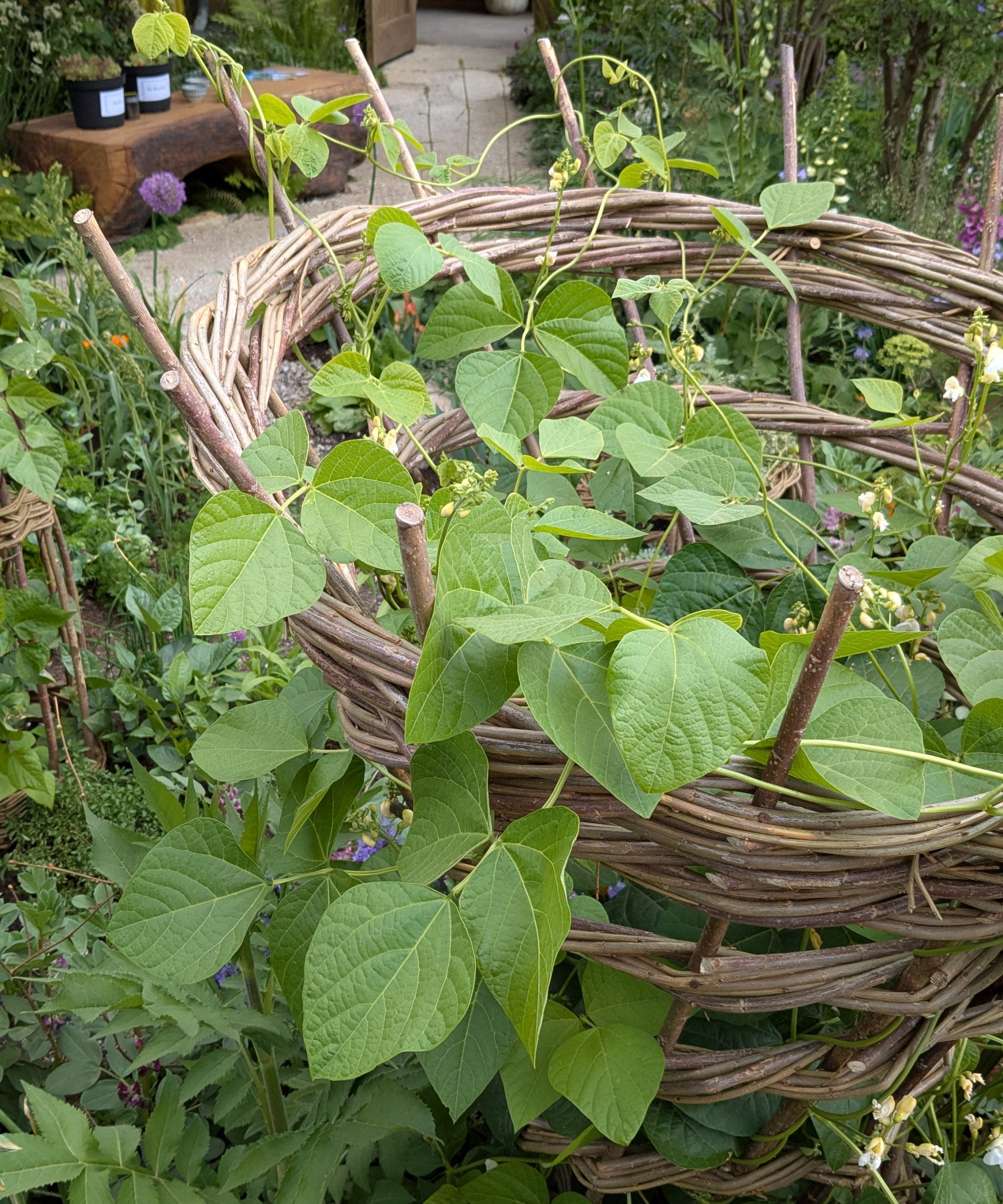
Cowpeas (Vigna unguiculata), also known as black-eyed peas, are confusingly beans rather than peas. The designers describe them as ‘one of the longest cultivated crops on the continent of Africa’ and the beans provide nourishment for feed and livestock, hence their common name.
Cowpeas are a fast-growing, climate-resilient crop ideally suited to hotter US hardiness zones. They can be planted in spring, once the soil temperature surpasses 65°F, and thrive in a sunny spot with fertile, free-draining soil.
The crop will tolerate warm and dry periods and can either be harvested as snap beans after around 60 days, or left to swell and harvested as dried beans at around 90 days once the pods dry on the vine.
Shop climate-resilient crops
Another climate-resilient crop that featured on the Garden of the Future was fava beans, but this is one crop already popular with growers around the world. One reason for its popularity is that growing fava beans is simple, whether you plant them in the ground or grow fava beans in containers.
Plant fava beans in the fall or spring, and the cool-season legume will give a reliable crop of beans in mid-spring to summer. Start harvesting fava beans at the base of the plant and simply twist each pod from the plant.
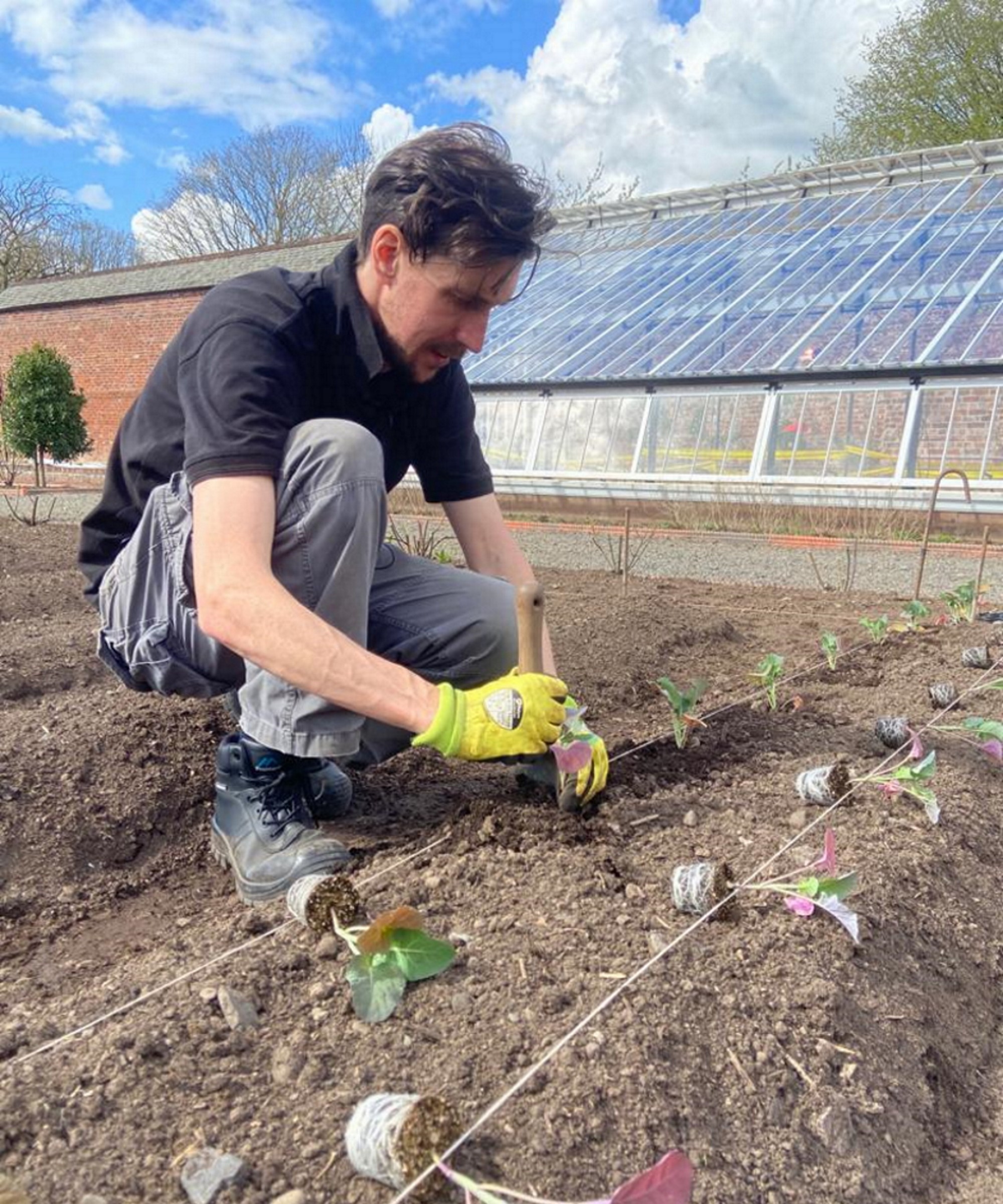
Drew has worked as a writer since 2008 and was also a professional gardener for many years. As a trained horticulturist, he worked in prestigious historic gardens, including Hanbury Hall and the world-famous Hidcote Manor Garden. He also spent time as a specialist kitchen gardener at Soho Farmhouse and Netherby Hall, where he grew vegetables, fruit, herbs, and cut flowers for restaurants. Drew has written for numerous print and online publications and is an allotment holder and garden blogger. He is shortlisted for the Digital Gardening Writer of the Year at the 2025 Garden Media Guild Awards.
You must confirm your public display name before commenting
Please logout and then login again, you will then be prompted to enter your display name.
